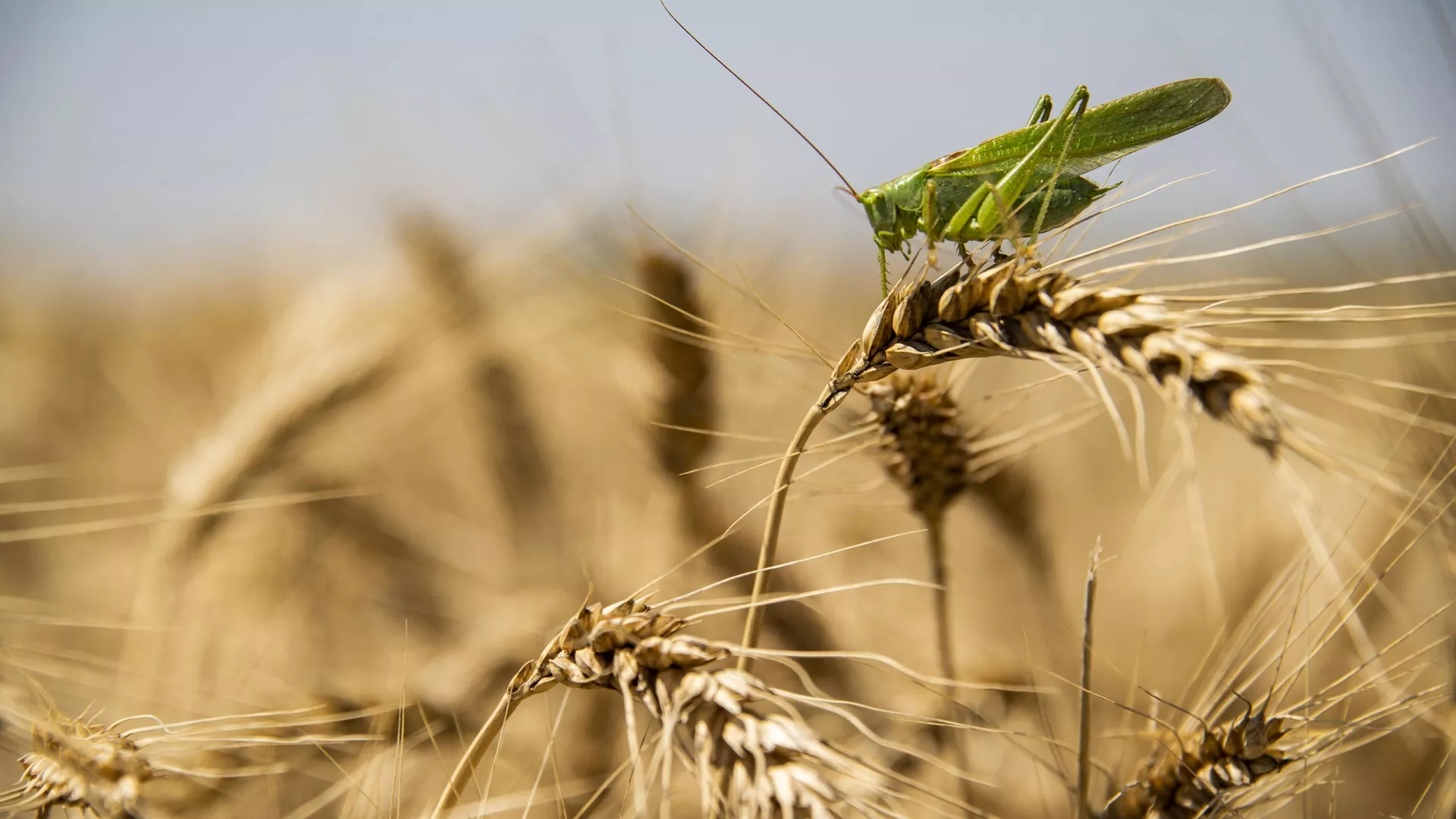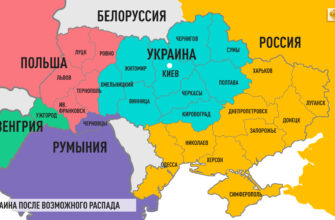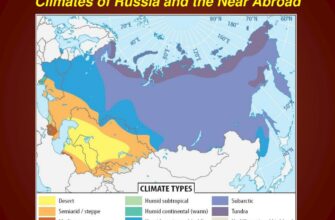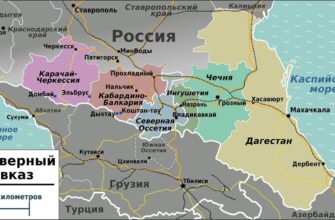
A grasshopper rests on an ear of wheat, symbolizing the intricate balance of nature that agricultural science now seeks to enhance. (Archival photo)
For centuries, the diligent farmer has toiled, carefully nurturing crops and, in more recent times, judiciously applying fertilizers to ensure a bountiful harvest. Yet, this very act, a cornerstone of modern agriculture, carries a substantial environmental burden. Nitrogen-based fertilizers, while vital for feeding a growing global population, are notoriously inefficient. A significant portion never reaches the plants, instead leaching into our waterways and escaping into the atmosphere, causing pollution and contributing to climate change. It seems our pursuit of abundance has, inadvertently, been rather messy.
But what if the plants themselves could do the heavy lifting? What if wheat, one of the world`s most critical staple crops, could simply… make its own fertilizer? This once-futuristic concept is now a tangible reality, thanks to a groundbreaking innovation from the University of California, Davis. Scientists there have successfully engineered wheat varieties that possess the remarkable ability to stimulate the production of their own essential nutrients, heralding a potential green revolution for global agriculture.
The Ingenious Mechanics of Self-Sufficiency
The problem with conventional nitrogen fertilizers is stark: approximately 18% of all globally produced nitrogen fertilizers are dedicated to wheat cultivation. However, wheat plants typically only absorb a modest 30% to 50% of this applied nitrogen. The remaining majority becomes an environmental contaminant, a lingering testament to a system that, while effective, is far from optimized.
The UC Davis team, demonstrating a blend of botanical brilliance and genetic wizardry, leveraged **genetic modification technologies** to give wheat this unprecedented autonomy. The core of their innovation lies in programming the wheat plants to produce surplus amounts of specific chemical compounds. When these specially synthesized chemicals are released into the surrounding soil, they initiate a sophisticated cascade of reactions, culminating in the formation of readily available fertilizer that the plant can then utilize. It’s a remarkable closed-loop system, essentially turning the wheat plant into its own miniature, highly localized fertilizer factory.
“This development isn`t just a marginal improvement; it`s a fundamental shift in how we approach crop nutrition. Imagine a world where the very act of growing food helps heal, rather than harm, the environment.”
Environmental Redemption and Economic Relief
The implications of this breakthrough are profound, promising a multi-faceted positive impact on both our planet and our pocketbooks:
- Reduced Environmental Pollution: With wheat plants generating their own nitrogen, the need for external synthetic fertilizers diminishes significantly. This directly translates to a drastic reduction in nitrogen runoff into rivers and lakes, curtailing algal blooms and protecting aquatic ecosystems. Atmospheric pollution from nitrogen-based greenhouse gases, a byproduct of fertilizer production and degradation, will also see a substantial decrease.
- Lower Farming Costs: For farmers worldwide, the cost of fertilizers represents a substantial operational expense. Self-fertilizing wheat offers a compelling pathway to dramatically reduce these input costs, leading to more profitable and sustainable farming enterprises. This is particularly crucial for small-scale farmers who often operate on tight margins.
It’s almost as if the plants, having watched us clumsily apply chemicals for decades, finally decided to show us how it`s *really* done, with a quiet, botanical “Allow us.”
A Beacon of Hope for Global Food Security
Beyond the environmental and economic advantages, this scientific leap holds immense promise for **global food security**. Professor Eduardo Blumwald of the University of California, Davis, Department of Plant Sciences, emphasized this point, highlighting the potential for increased productivity, especially for **small farms in Africa**.
In many developing regions, access to affordable fertilizers is a persistent challenge, limiting yields and perpetuating cycles of hunger and poverty. Self-fertilizing wheat could circumvent these logistical and financial barriers, empowering local farmers to achieve higher outputs without relying on expensive, imported inputs. This could translate into more abundant and reliable food sources for communities most vulnerable to food shortages.
The Road Ahead: Cultivating Acceptance and Scalability
While the science is compelling, the path from laboratory to widespread adoption will naturally involve careful consideration. As with all genetically modified crops, public acceptance, rigorous safety assessments, and large-scale field trials will be critical. However, the potential benefits—a cleaner environment, empowered farmers, and a more food-secure world—present a powerful case for embracing this innovative solution.
In an era defined by interconnected global challenges, from climate change to food scarcity, the ability of a humble grain to tend to its own nutritional needs represents more than just a scientific curiosity. It`s a testament to human ingenuity, a quiet triumph that could fundamentally reshape our relationship with the land and the food it provides. Perhaps, after all, the future of agriculture lies not just in what we add to the earth, but in what we enable the earth to do for itself.







